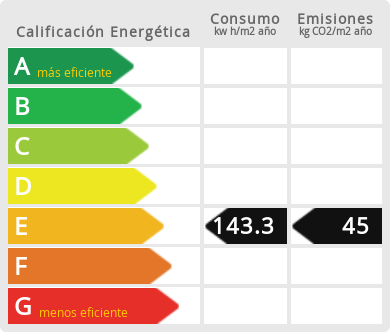Ref. 28221
Impressive country estate that spreads down the the south coast of Menorca
Price: 5.800.000 €
Price (before): 6.400.000 €









- Description
- Area info
- Ask for more info
- Send to a friend
Description
The property extends over approximately 80 hectares and includes its own water well and a solar panel system providing sustainable energy to the entire estate. The magnificent main house has been fully renovated, with only a few finishing touches remaining to be completed to the taste of its future owners.
It offers seven bedrooms, six bathrooms, a bright living-dining room, and a designated space for a kitchen, all filled with natural light and easily accessible by road. Several additional outbuildings are used for agricultural purposes, while a striking swimming pool precedes naturally ventilated caves — a unique feature ideal for creating summer living or leisure areas.
A haven of peace and privacy, perfect for experiencing the authentic essence of Menorca.
Few estates of this calibre are currently available on Menorca's property market.
Floor plans and further details available upon request.
Area info
(Approximate location)
Son Bou, Sant Jaume de la Mediterrania and Torre Solí Nou make up three urbanisations located eight kilometres from the town of Alaior, in the most extensive section of beaches of the whole Menorca coastline. The surrounding area features the Talayotic settlement of Torre d’en Galmés, the largest in Menorca, which is situated at the top of a hill from where a large part of the southern coast of the island was controlled. Although the three urbanisations are regular holiday destinations, the majority of second homes belong to residents who make the most of the weekend to enjoy the peace and quiet.
Alaior is one of the liveliest districts of Menorca. It was the first to build an industrial estate, is the host to a permanent centre of the University of the Balearic Islands as well as a centre for technology based companies. San Diego and Santa Eulalia are two churches that give it its own architectural personality and around which its town centres are concentrated. Very well connected, the district of Alaior has among its attractions the Camino d’en Kane, a route that crosses the rural inland landscape of the eastern half of the island that goes from Mahón to Mercadal.
Those who visit Menorca have stated that it is one of the paradises of the western Mediterranean, an island that history has always been an object of desire because of its strategic position and which now has ended up becoming one of the most attractive tourist destinations. However, it is not only a dream spot for holidays, but also for living. Menorca allows you to experience for yourself the quality of life that you had always imagined, through the combination of small details that make up its landscape, people, tranquillity, light, traditions and fine food.
Geographically, Menorca is the easternmost and northernmost island of the Balearic Islands, declared a Biosphere Reserve in 1993 by UNESCO. It has a coastline of 701 km² and 216 kilometres of, along which are distributed more than 70 beaches. Blessed with a typically Mediterranean climate with annual average temperatures of 16.5 degrees, it currently has a population of 96,000, concentrated into eight districts: Maó (administrative capital of the island), Ciutadella (the old capital), Alaior, Ferreries, Es Mercadal, Es Castell, Sant Lluís and Es Migjorn Gran. There are three other towns, Sant Climent, Llucmaçanes and Fornells, the first two in the district of Maó and the other in Es Mercadal. Maó, located in the east, and Ciutadella, in the west, are the two most inhabited towns on the island.
Socio-economically, unlike the other islands of the Balearic archipelago, Menorca has, over time, had the good fortune to be able maintain a perfect balance between the traditional industries of footwear, costume jewellery and agriculture favouring the gentle development of the tourist sector and thus enabling the island to preserve its countryside and beaches. This environmental sensitivity still exists among all its inhabitants, guaranteeing a unique setting, perfect for family, sports and cultural tourism.































































































